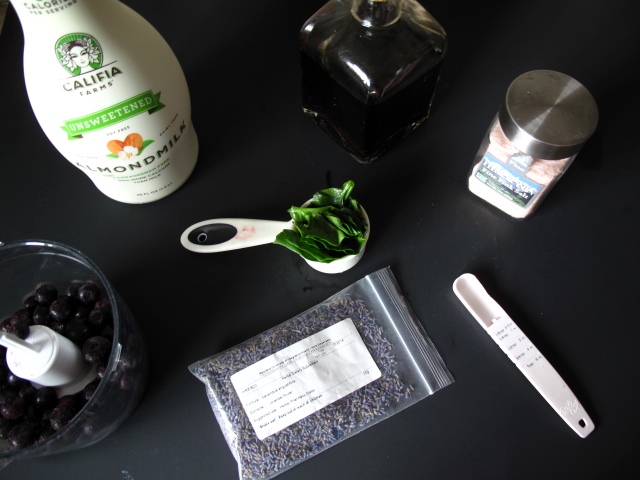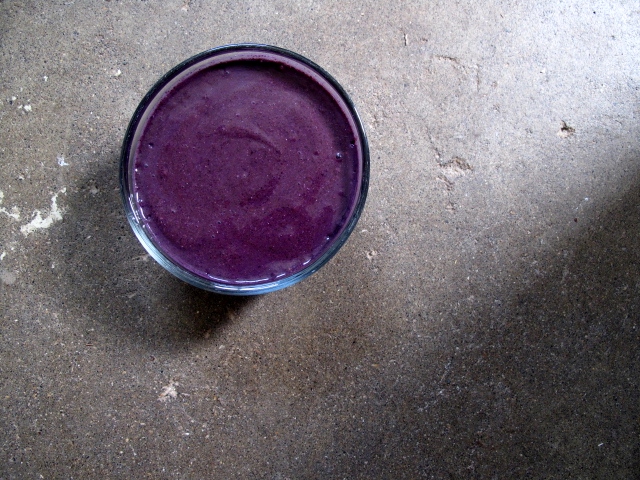
I have a big race planned for the morning of the 4th and am now in full on taper mode for the next few days. As anyone who has raced the marathon distance or longer knows, the taper period can be full of anxiety, pre-race nerves, last minute poor decisions, and all around stir-crazy-ness. This time around I haven’t had a big taper due to some training adjustments a few weeks back. It has also become my norm now to fit in my summer classes around the rest of my life so a lot of my otherwise “free” mornings, early evenings, and weekends are spent with my head in a gazillion research papers or on clinical nutrition cases. So all in all, I can’t complain about the current taper.
Even so, as is maybe obvious, I’m definitely prone to anxiety as my emotional go-to, and as the day grows nearer, I’m starting to have a little of that prickly circular overthinking creep in.

At this point in my nutrition program, I’m close to being done on paper, but I’ve returned to taking minimal classes each term to retain some semblance of work-school-life balance so it will still be another year or so to finish. The classes I do have left are also the most intensive because we’re starting to pull all the pieces together and use them in clinical work. Lately, we’re focusing on nutrition for mental health disorders such as anxiety and depression, and I was glad to see some good solid research supporting the use of lavender for anxiety symptoms.

I created a lavender tincture for one of my herbal classes last year for this very reason and on certain days, nothing is so wonderful as opening the top just to let it’s floral aroma infuse into and calm my system. I also created a tincture formula that uses lavender for just this calming and grounding purpose, and there’s one more left in my online shop, if you’ve the mind.
Lavender, in addition to its ability to relieve nervous tension and anxiety, also helps with cognitive function and exhaustion. Its essential oils in the flowers have antioxidant and anti-inflammatory properties as well, and I find their aroma just lovely. The recipe below is one of my favorites for a mid-afternoon snack and it ups those anti-inflammatory abilities by packing in lots of blueberries, greens, and healthy nuts and seeds. The lavender really rounds out all the flavors and adds that calming touch.

Blueberry Lavender Smoothie Bowl, makes 1
– Add culinary-grade lavender flowers or if available, 1/4 to 1/2 tsp. lavender extract/tincture.
– I’ve experimented with lots of plant-based protein powders and currently enjoy PlantFusion brand for its easy digestibility and fermented ingredients. Vega Sport and Garden of Life Sport are also good.
– If you make smoothies or smoothie bowls on the regular, keep in mind it’s wise to change up your choice of greens on the regular to get in all the good nutrients each type has to offer.
1 1/2 cups blueberries (fresh or frozen)
1 cup spinach or kale
20 grams/ half scoop vanilla plant-based protein, optional
3/4 – 1 tsp. dried lavender flowers
2 tsp. chia seeds
1 tsp. almond or sunflower butter
1/3 cup almond milk, or as needed to reach desired consistency
1 – 1 1/2 tsp. adaptogen powder of choice, optional
- Combine all ingredients in a high speed blender or food processor and blend until smooth. Add additional liquid to reach your desired consistency. I prefer mine spoon-able.











